Home>Gardening & Outdoor>Landscaping Ideas>How Long Does Bagged Grass Seed Last
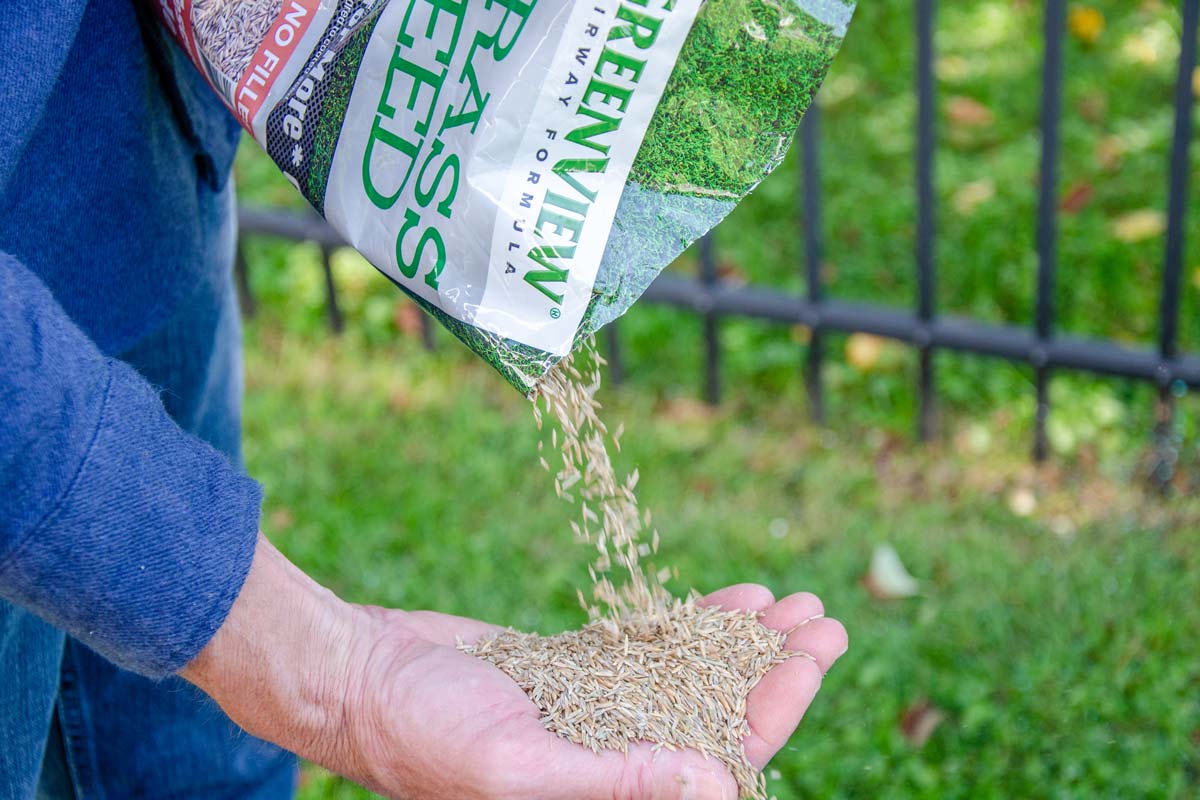

Landscaping Ideas
How Long Does Bagged Grass Seed Last
Modified: February 18, 2024
Learn how long bagged grass seed lasts and get expert tips for maintaining landscaping ideas. Ensure your lawn stays lush and healthy!
(Many of the links in this article redirect to a specific reviewed product. Your purchase of these products through affiliate links helps to generate commission for Storables.com, at no extra cost. Learn more)
Introduction
When it comes to maintaining a lush and vibrant lawn, the quality of the grass seed you use can significantly impact the outcome. Bagged grass seed is a convenient and popular option for homeowners and professional landscapers alike, offering a reliable and easy-to-use solution for establishing or rejuvenating a lawn. However, understanding the shelf life of bagged grass seed is crucial for ensuring successful germination and optimal results.
In this comprehensive guide, we will delve into the various factors that can affect the shelf life of bagged grass seed, identify the signs of spoilage to watch out for, and provide valuable insights into proper storage techniques to extend the viability of your grass seed. Whether you're a seasoned gardener or a novice enthusiast, having a clear understanding of how long bagged grass seed lasts and how to preserve its quality will empower you to achieve a lush, healthy lawn that will be the envy of the neighborhood. So, let's embark on this journey to unlock the secrets of maximizing the potential of bagged grass seed.
Key Takeaways:
- Proper storage and seed quality are crucial for maximizing the lifespan of bagged grass seed. By following storage guidelines and monitoring for spoilage, you can ensure successful germination and a vibrant lawn.
- Factors such as seed variety, quality, and age, as well as storage conditions, impact the shelf life of bagged grass seed. Understanding these factors empowers you to make informed decisions for optimal lawn establishment.
Read more: How Long Does Grass Seed Last In Bag
Factors Affecting the Shelf Life of Bagged Grass Seed
Several key factors influence the shelf life of bagged grass seed, ultimately determining its viability and germination success. Understanding these factors is essential for making informed decisions about purchasing, storing, and utilizing grass seed. Let’s explore the primary elements that play a pivotal role in determining the longevity of bagged grass seed:
- Seed Variety: Different grass species have varying shelf lives. For instance, cool-season grasses such as fescue and ryegrass tend to have a longer shelf life compared to warm-season varieties like Bermuda grass. It’s important to consider the specific type of grass seed you’re working with when assessing its potential shelf life.
- Seed Quality: The quality of the grass seed at the time of packaging greatly influences its shelf life. Higher-quality seeds, typically indicated by lower levels of inert matter and weed seeds, tend to have a longer shelf life and better germination rates.
- Storage Conditions: The environment in which the grass seed is stored significantly impacts its longevity. Exposure to moisture, extreme temperatures, and sunlight can hasten the deterioration of seeds, leading to reduced viability. Proper storage practices are crucial for preserving the quality of bagged grass seed.
- Seed Coating: Some bagged grass seeds are coated with materials designed to enhance germination and protect the seeds from environmental stressors. The presence of a protective coating can contribute to extending the shelf life of the grass seed.
- Age of the Seed: As with many organic materials, the age of the grass seed is a fundamental determinant of its shelf life. Freshly packaged seeds generally exhibit higher viability and germination rates compared to older seeds that have been stored for an extended period.
- Manufacturer’s Guidelines: Paying attention to the manufacturer’s recommendations and expiration dates, if provided, can offer valuable insights into the expected shelf life of bagged grass seed. Adhering to these guidelines can help maximize the seed’s potential.
By considering these factors, you can gain a deeper appreciation for the nuanced dynamics that influence the shelf life of bagged grass seed. Armed with this knowledge, you’ll be better equipped to make informed choices and take proactive steps to optimize the longevity and performance of your grass seed.
Signs of Grass Seed Spoilage
Recognizing the signs of grass seed spoilage is essential for ensuring successful germination and establishing a thriving lawn. While bagged grass seed is designed to maintain its viability for an extended period, various factors can lead to spoilage, diminishing its potential to sprout and thrive. By familiarizing yourself with the following indicators of seed spoilage, you can take proactive measures to assess the quality of your grass seed:
- Discoloration: Visibly discolored or off-color seeds, especially those exhibiting mold or mildew growth, are indicative of spoilage. Healthy grass seeds typically have a consistent color and appearance, so any deviations should be cause for concern.
- Unpleasant Odor: Spoiled grass seed may emit a musty, rancid, or sour odor, signifying the presence of mold or bacterial growth. A foul smell is a clear indication that the seed has deteriorated and is no longer viable for successful germination.
- Poor Germination Rates: When conducting a germination test, if a significant portion of the seeds fail to sprout or exhibit delayed and erratic germination, it may signal spoilage. Reduced germination rates compared to the expected performance of the grass seed are indicative of compromised viability.
- Pest Infestation: The presence of insects, larvae, or other pests within the bag of grass seed can compromise its quality and lead to spoilage. Pest infestations can cause physical damage to the seeds and introduce harmful microorganisms, rendering the seed unfit for successful germination.
- Inert Matter: Excessive inert matter, such as chaff, debris, or foreign seeds, within the bag of grass seed can diminish its overall quality and contribute to spoilage. High levels of inert matter can impede proper seed-to-soil contact and hinder germination, impacting the establishment of a healthy lawn.
By remaining vigilant and attentive to these signs of grass seed spoilage, you can promptly identify and address any concerns regarding the quality and viability of your bagged grass seed. Regularly inspecting the seed for these indicators and conducting germination tests can help you make informed decisions and take proactive steps to optimize the success of your lawn establishment or renovation endeavors.
Store bagged grass seed in a cool, dry place to extend its shelf life. When properly stored, grass seed can last up to 2-3 years. Check the expiration date on the bag for best results.
Proper Storage of Bagged Grass Seed
Effective storage practices are paramount for preserving the viability and quality of bagged grass seed, ensuring optimal germination rates and successful lawn establishment. By implementing proper storage techniques, you can safeguard the integrity of the grass seed and maximize its potential for yielding a lush and healthy lawn. Here are essential guidelines for the proper storage of bagged grass seed:
- Container Selection: Choose a durable, airtight container or resealable bag specifically designed for seed storage. Opt for containers that offer protection against moisture, pests, and environmental factors that can compromise the quality of the grass seed.
- Optimal Conditions: Store the grass seed in a cool, dry, and dark environment to minimize exposure to moisture and fluctuations in temperature. Ideal storage temperatures typically range between 40°F and 70°F (4°C to 21°C), ensuring the preservation of seed viability.
- Avoiding Moisture: Moisture is a primary adversary of seed viability, leading to mold growth and deterioration. Keep the grass seed away from damp or humid areas, and refrain from storing it in basements, garages, or other locations prone to moisture accumulation.
- Protection from Pests: Prevent pest infestations by storing the grass seed in a location that is inaccessible to rodents, insects, and other potential contaminants. Utilize pest-resistant containers and consider incorporating natural pest deterrents, such as cedar chips or herbal sachets, in the storage area.
- Regular Monitoring: Periodically inspect the stored grass seed for any signs of spoilage, including discoloration, unusual odors, or pest activity. Conducting routine checks allows for early detection of potential issues and timely intervention to preserve the seed quality.
- Minimal Exposure: Minimize the seed’s exposure to sunlight, as prolonged light exposure can compromise its viability. Keep the storage containers away from direct sunlight and opt for opaque or tinted containers to shield the grass seed from harmful UV rays.
By adhering to these best practices for the storage of bagged grass seed, you can significantly extend its shelf life and maintain optimal germination potential. Proper storage not only safeguards the quality of the grass seed but also sets the stage for successful lawn establishment, allowing you to achieve the lush, verdant landscape you desire.
Conclusion
Understanding the shelf life of bagged grass seed and implementing effective storage practices are pivotal aspects of achieving successful lawn establishment and maintenance. By delving into the factors influencing seed longevity, recognizing signs of spoilage, and embracing proper storage techniques, you can elevate the potential of your grass seed and cultivate a thriving, verdant lawn. Whether you’re embarking on a lawn renovation project or nurturing a newly seeded area, the knowledge and insights gained from this guide empower you to make informed decisions and take proactive steps to optimize the performance of bagged grass seed.
As you venture into the realm of lawn care and landscaping, remember that the quality and viability of the grass seed serve as the foundation for a healthy and vibrant lawn. By selecting high-quality seed varieties, adhering to manufacturer’s guidelines, and prioritizing proper storage conditions, you can enhance the longevity and germination potential of the grass seed, setting the stage for a visually stunning and resilient landscape.
Embrace the role of a vigilant steward of your grass seed, regularly monitoring for signs of spoilage and implementing preventive measures to safeguard its integrity. With a steadfast commitment to proper storage practices and a keen eye for seed quality, you can embark on your lawn care journey with confidence, knowing that you are equipped with the knowledge and tools to nurture and cultivate a flourishing expanse of greenery.
By incorporating the principles outlined in this guide into your lawn care regimen, you are poised to unlock the full potential of bagged grass seed, ultimately reaping the rewards of a lush, inviting lawn that serves as a testament to your dedication and expertise in landscaping and horticulture.
Frequently Asked Questions about How Long Does Bagged Grass Seed Last
Was this page helpful?
At Storables.com, we guarantee accurate and reliable information. Our content, validated by Expert Board Contributors, is crafted following stringent Editorial Policies. We're committed to providing you with well-researched, expert-backed insights for all your informational needs.
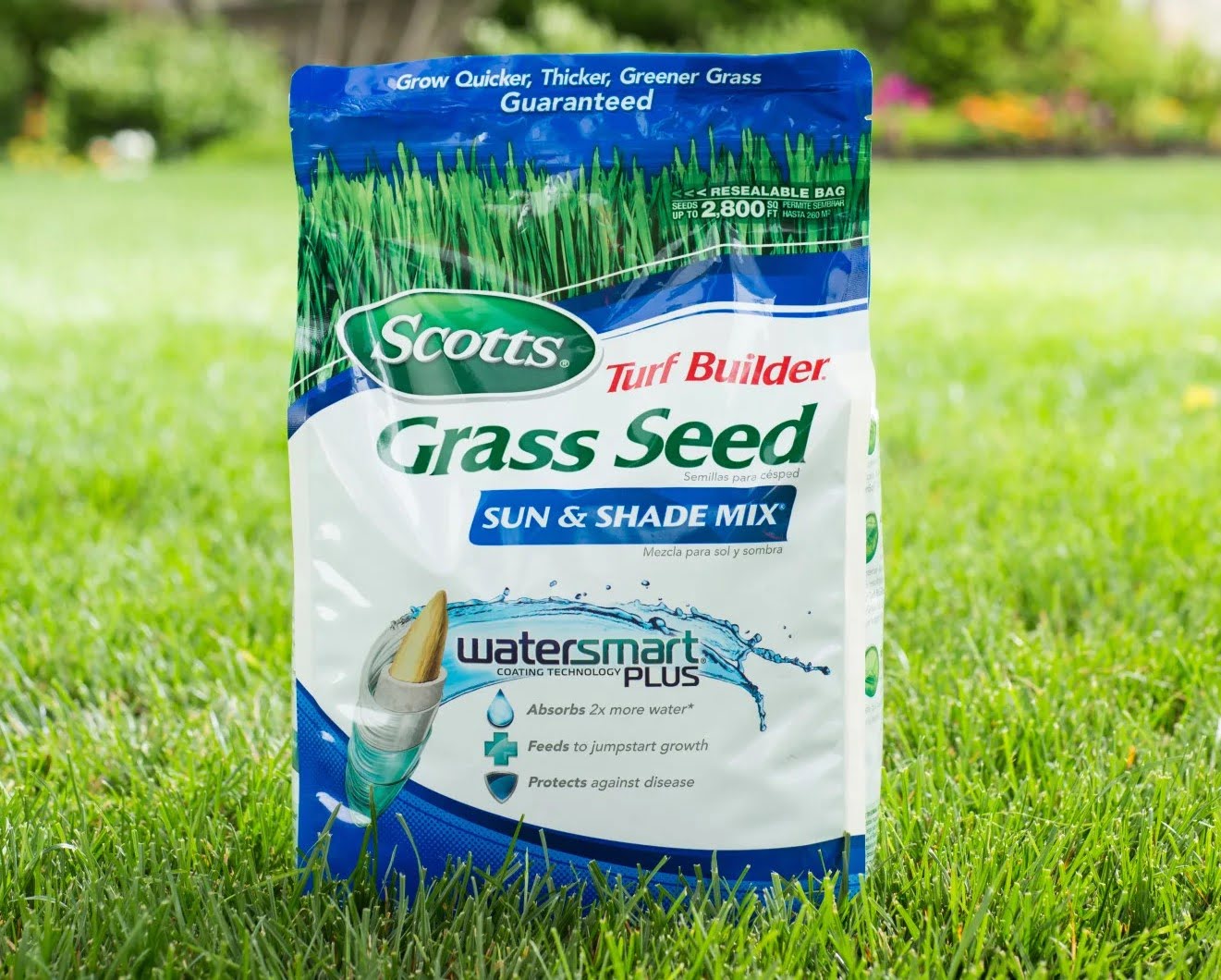
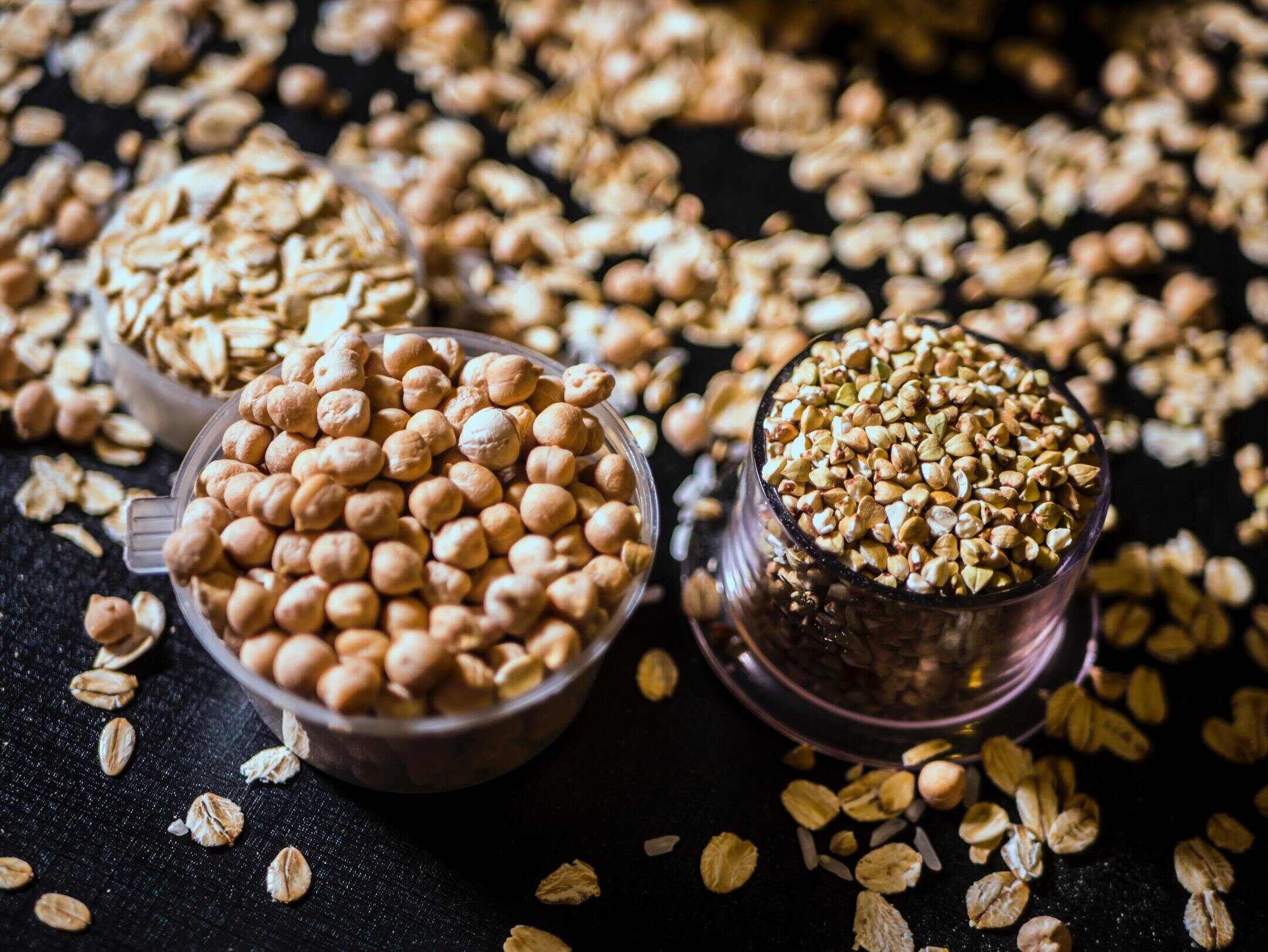
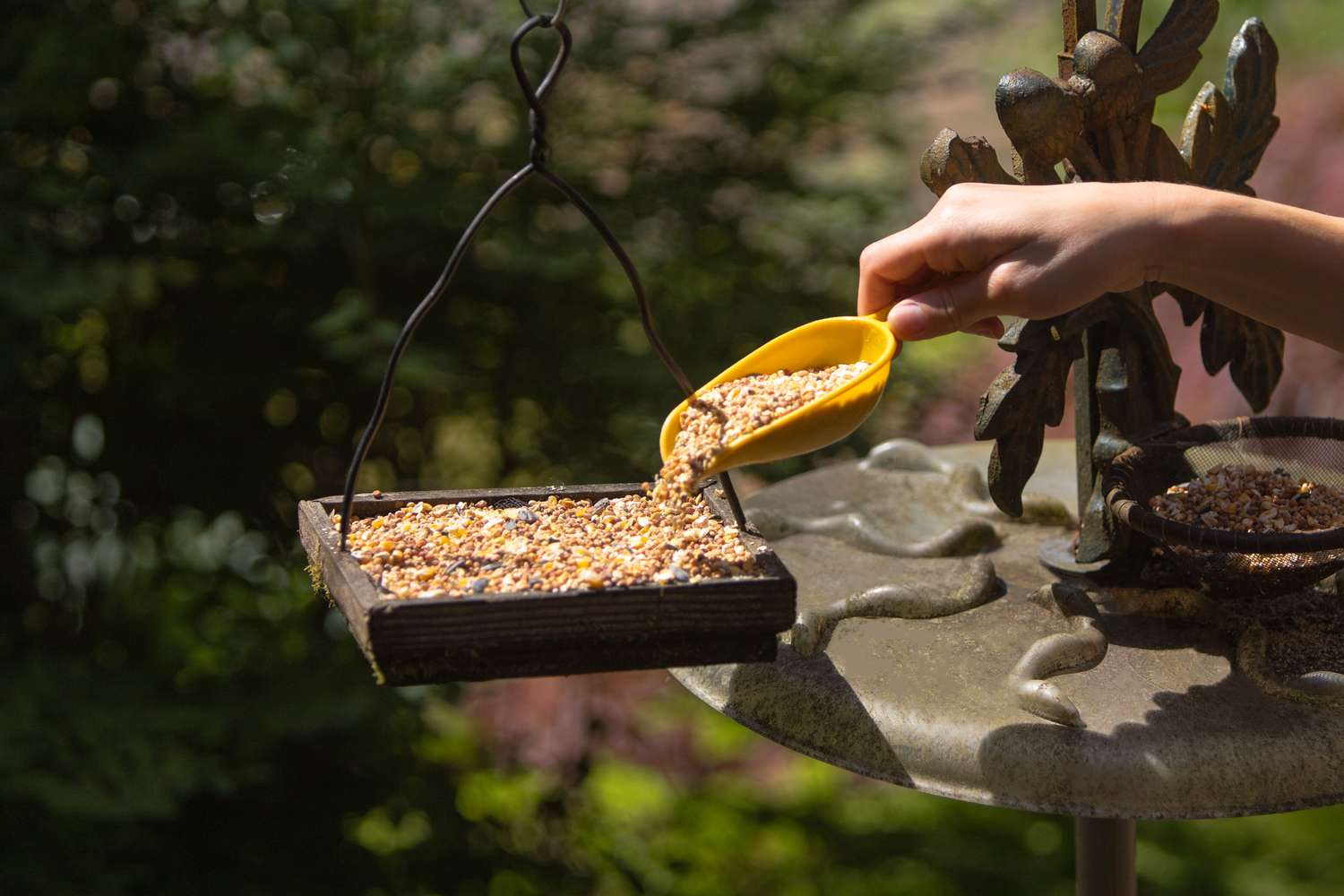
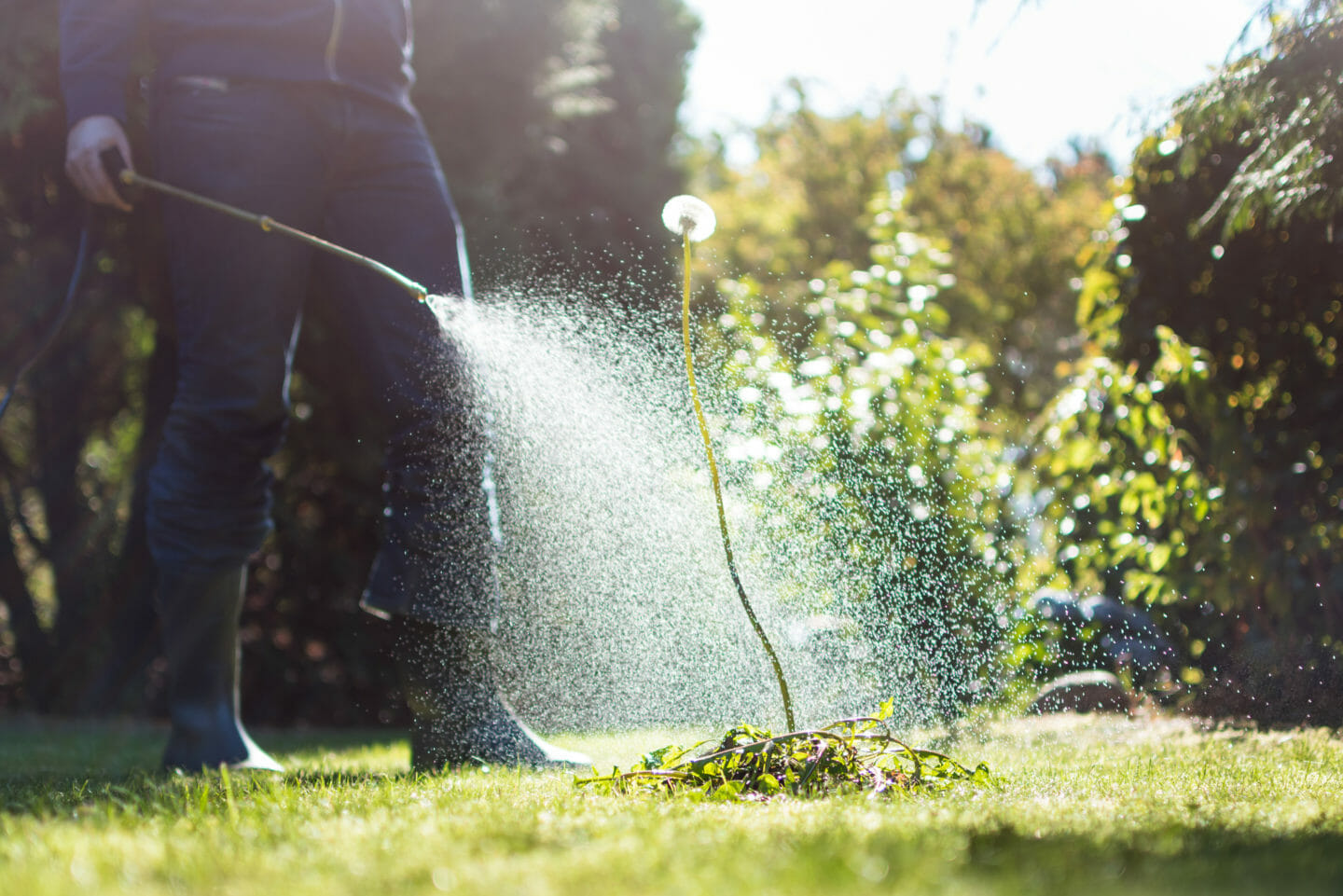
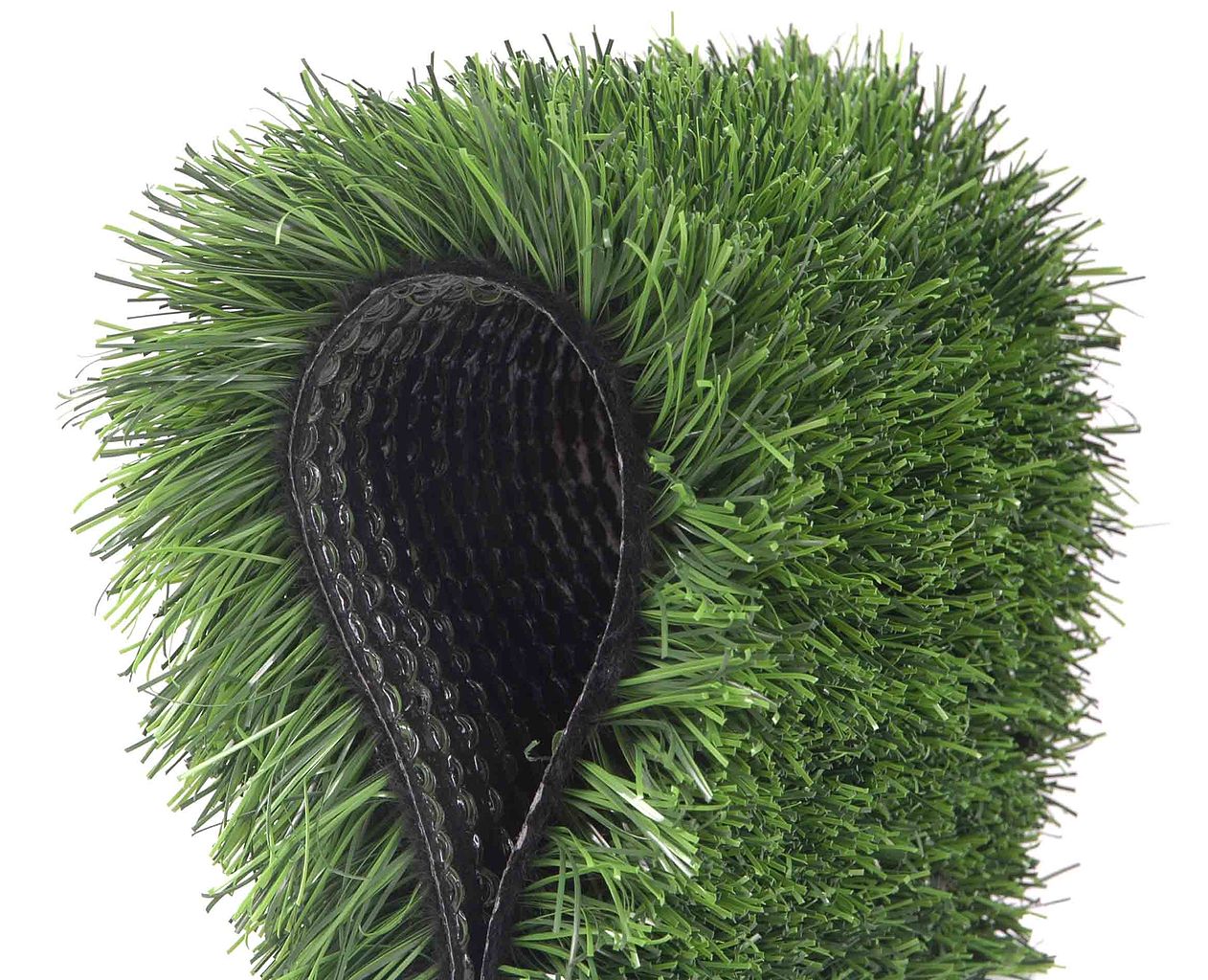
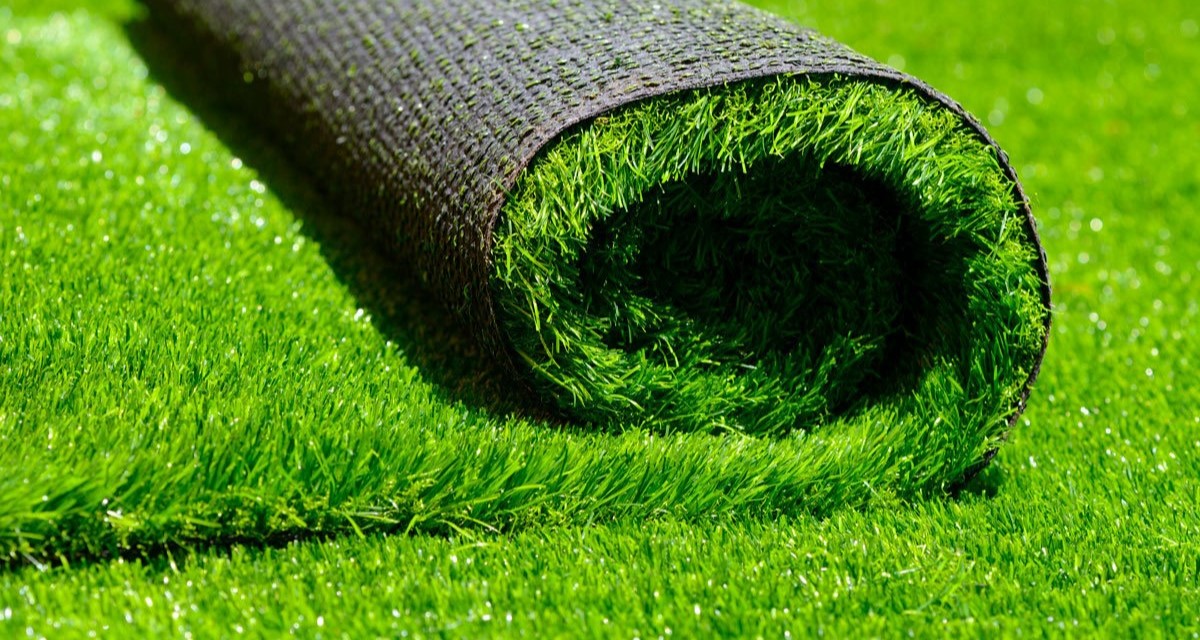
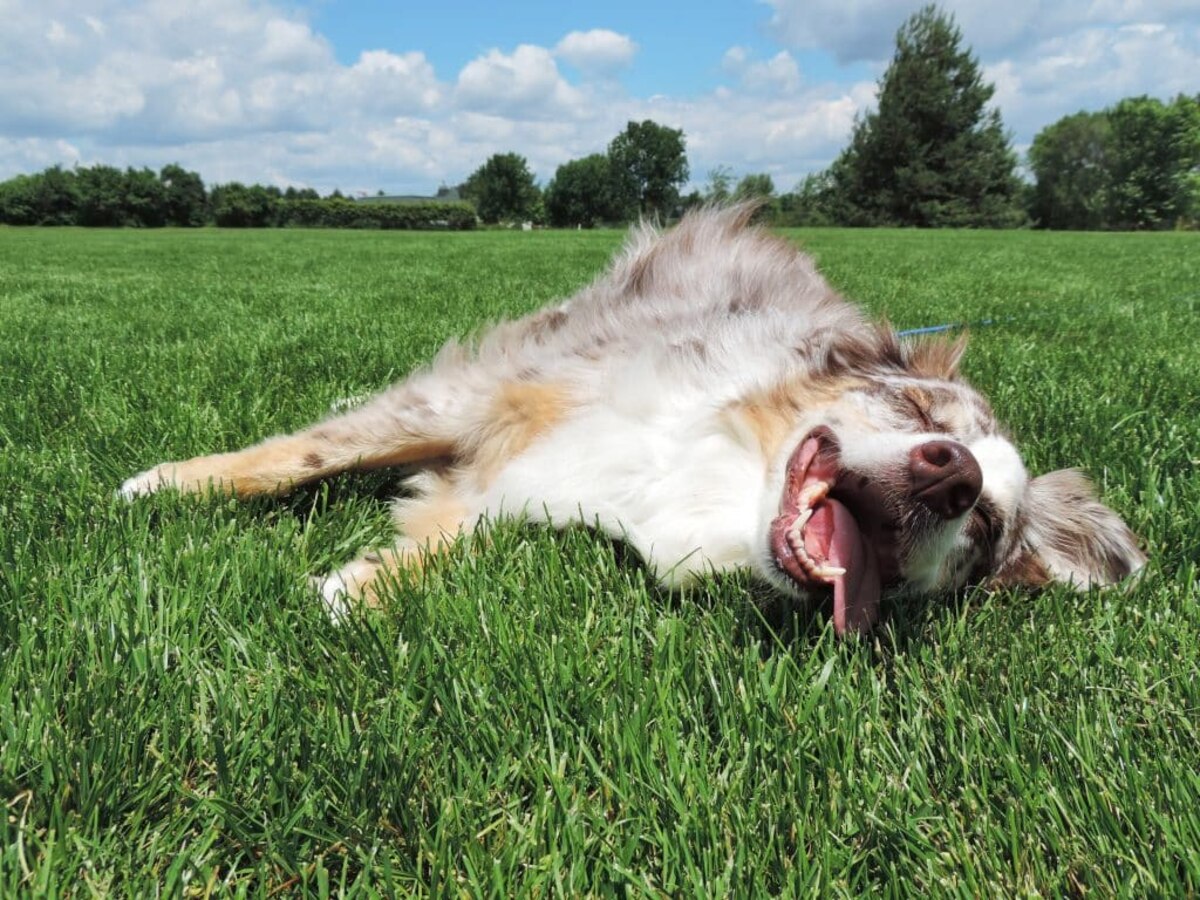
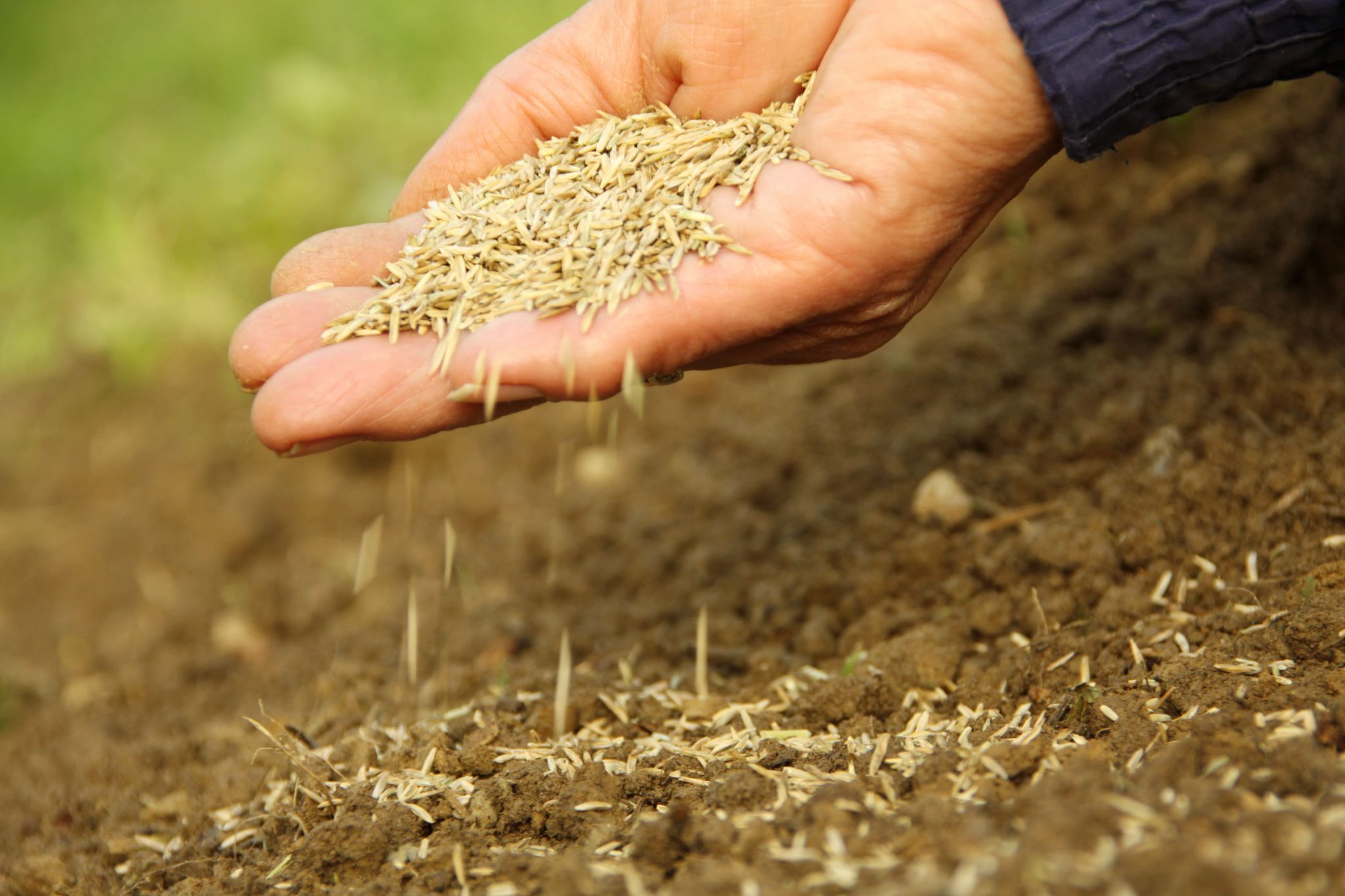
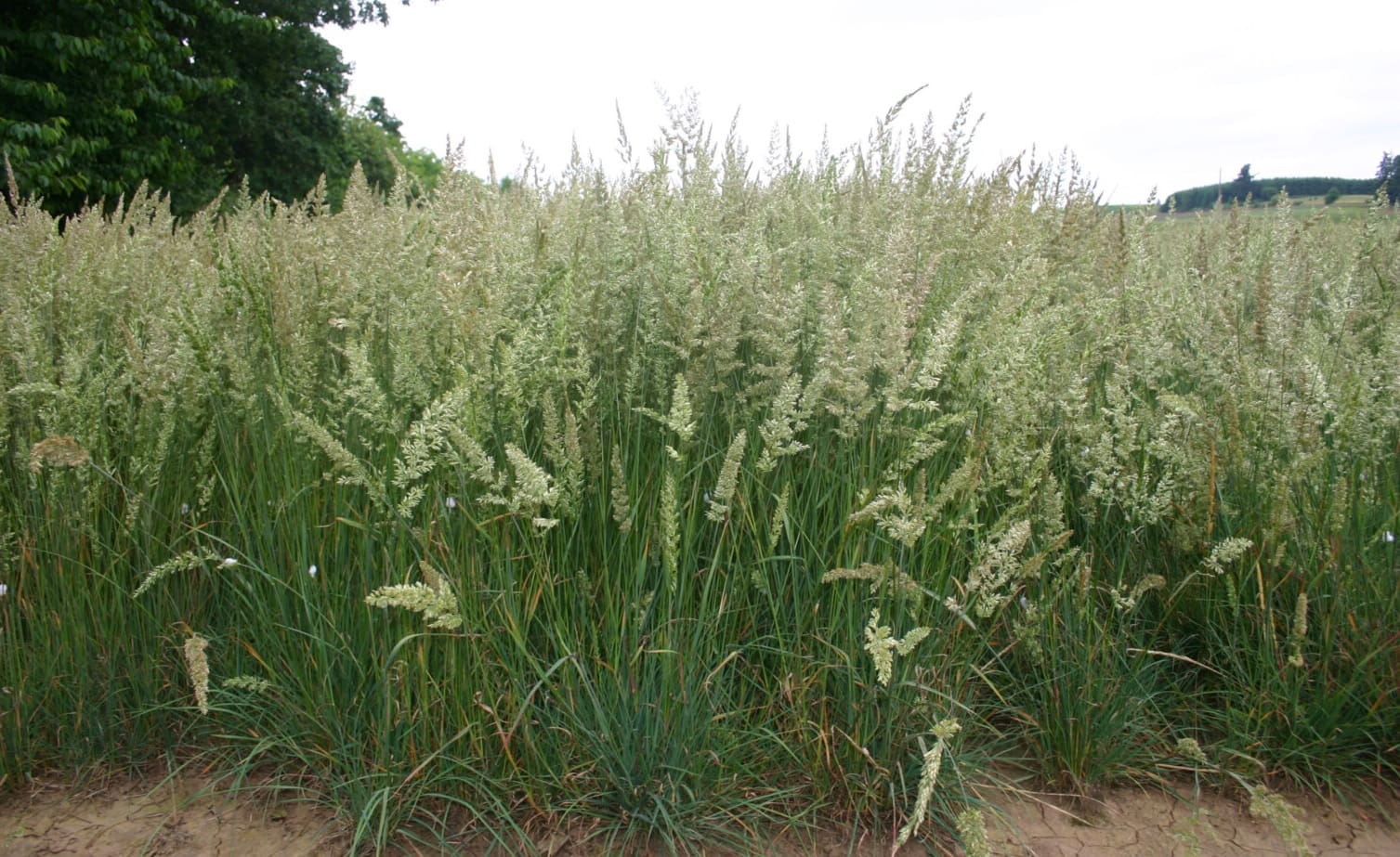
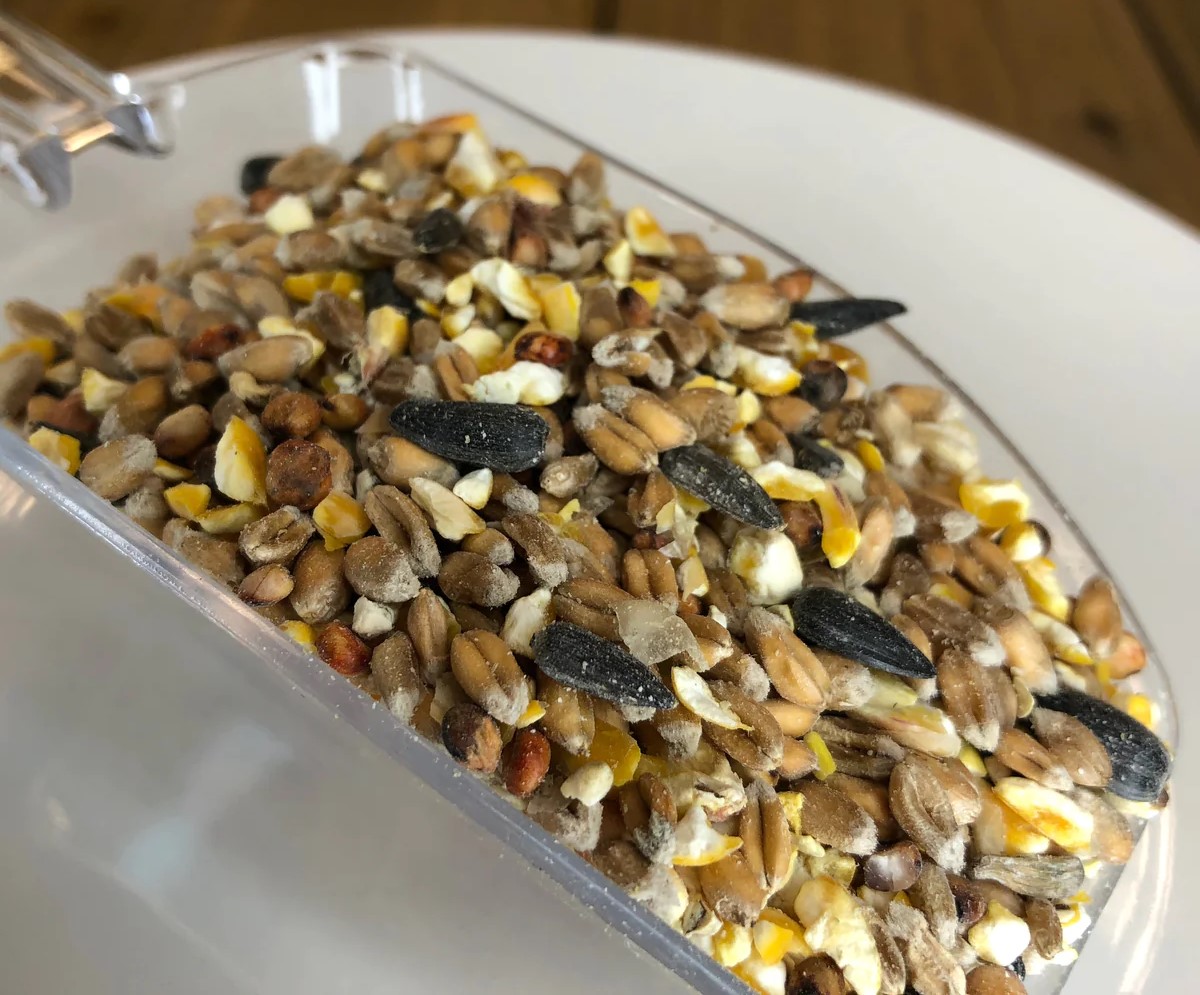
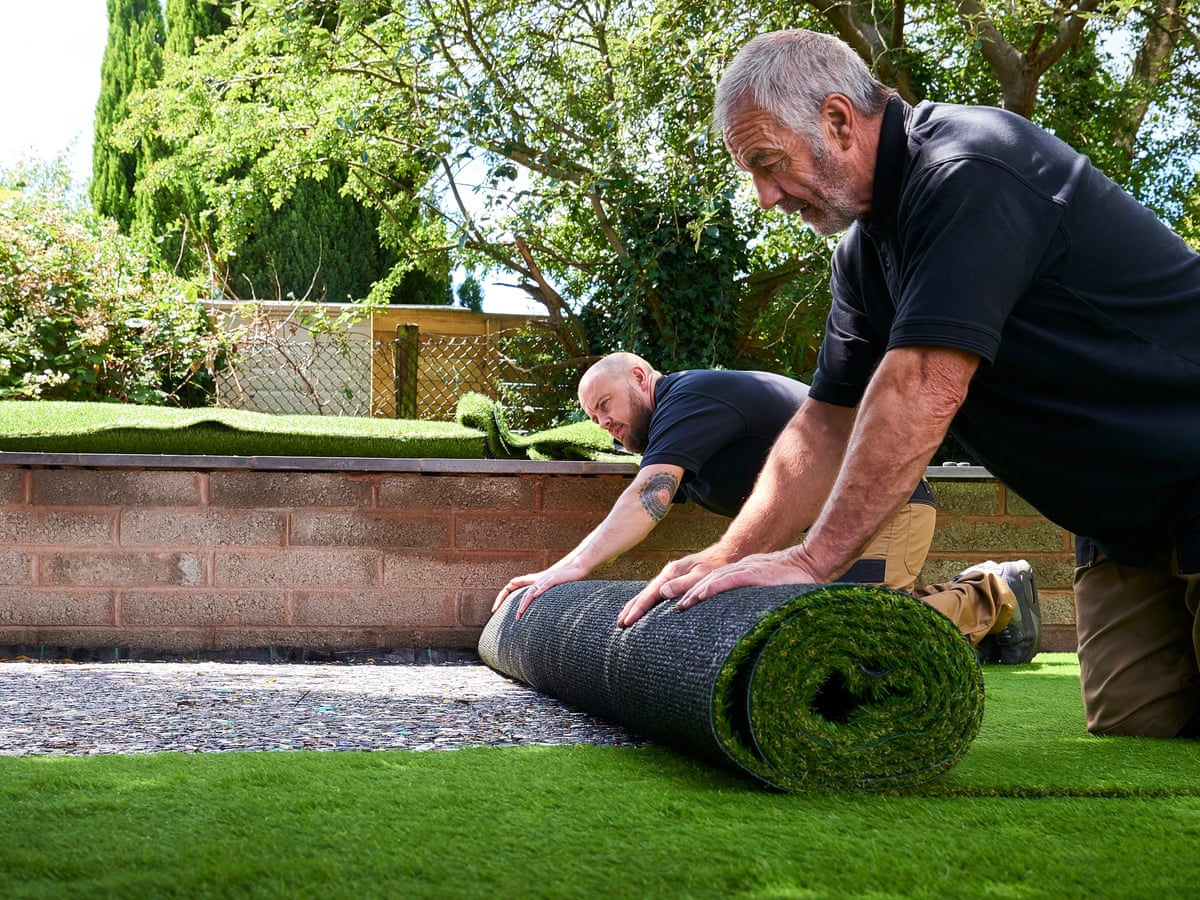
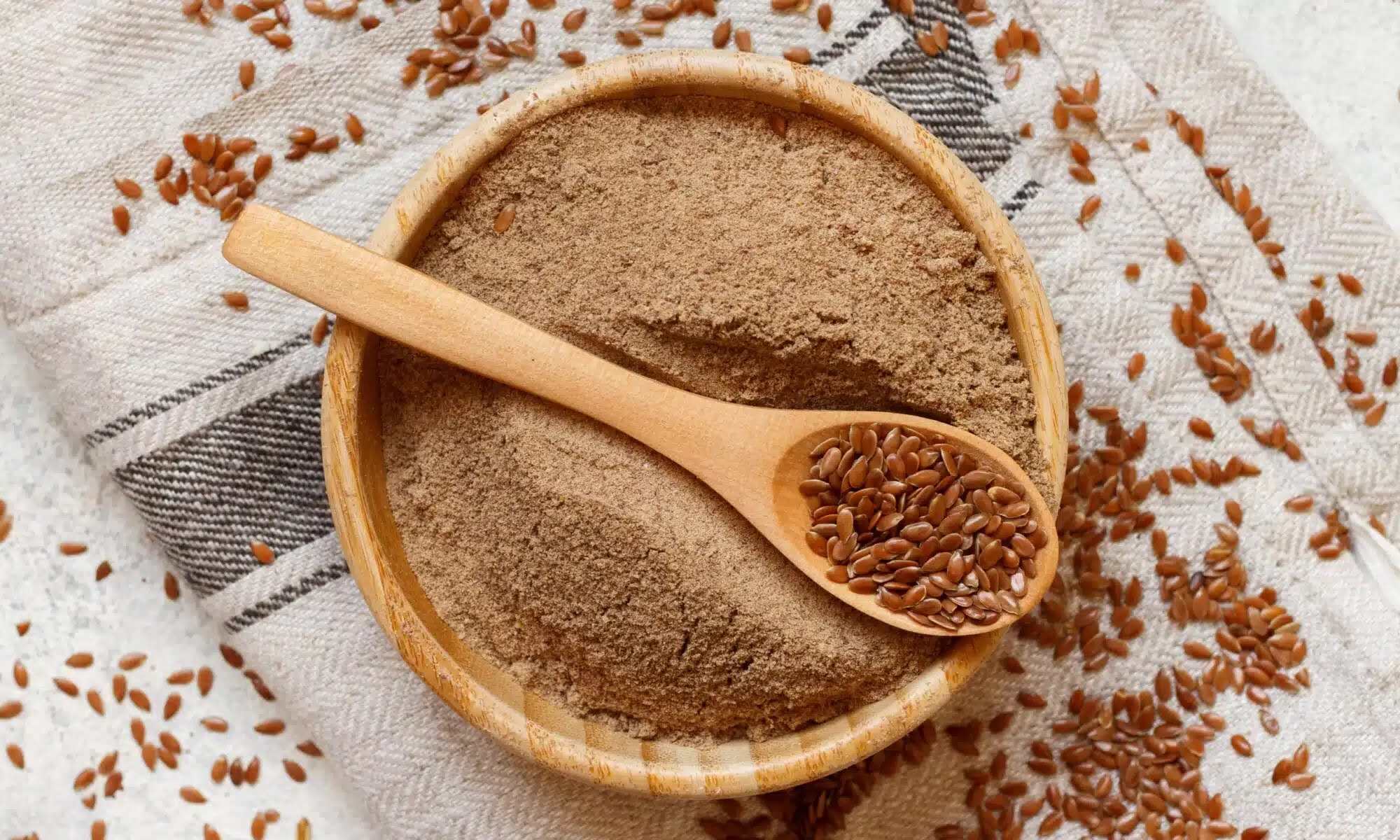

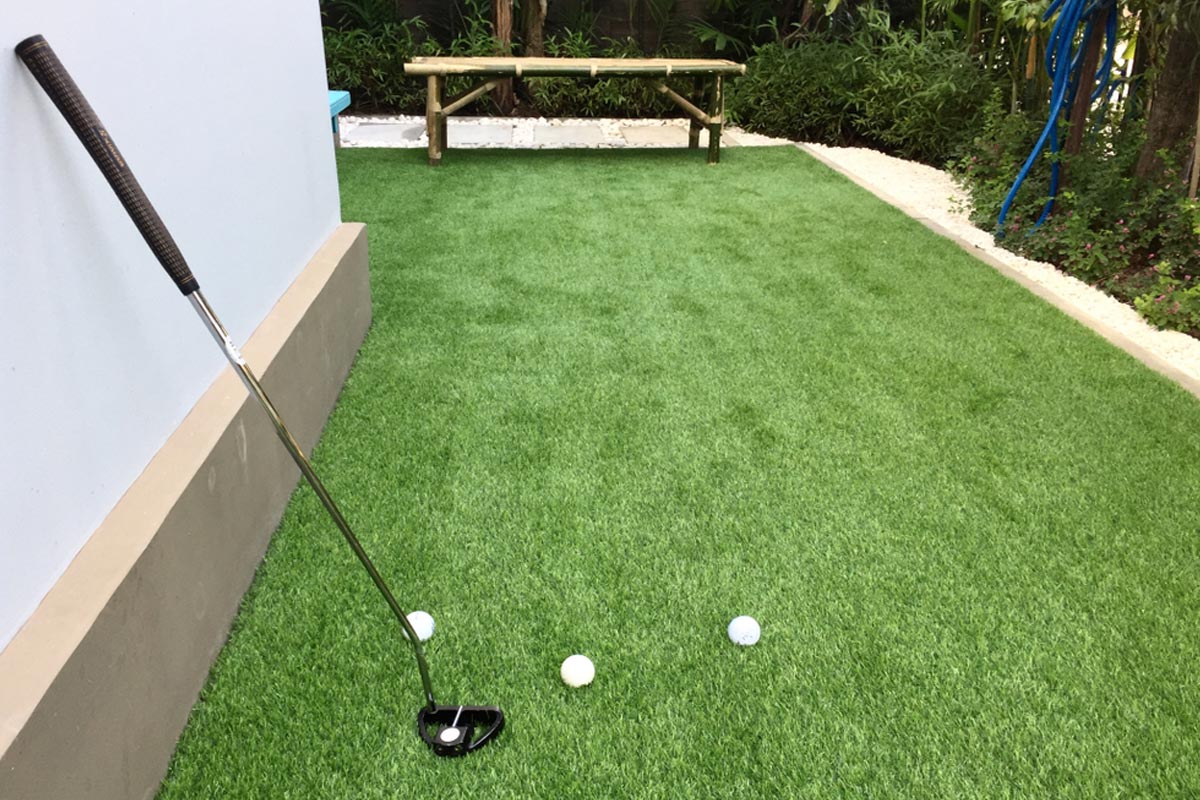
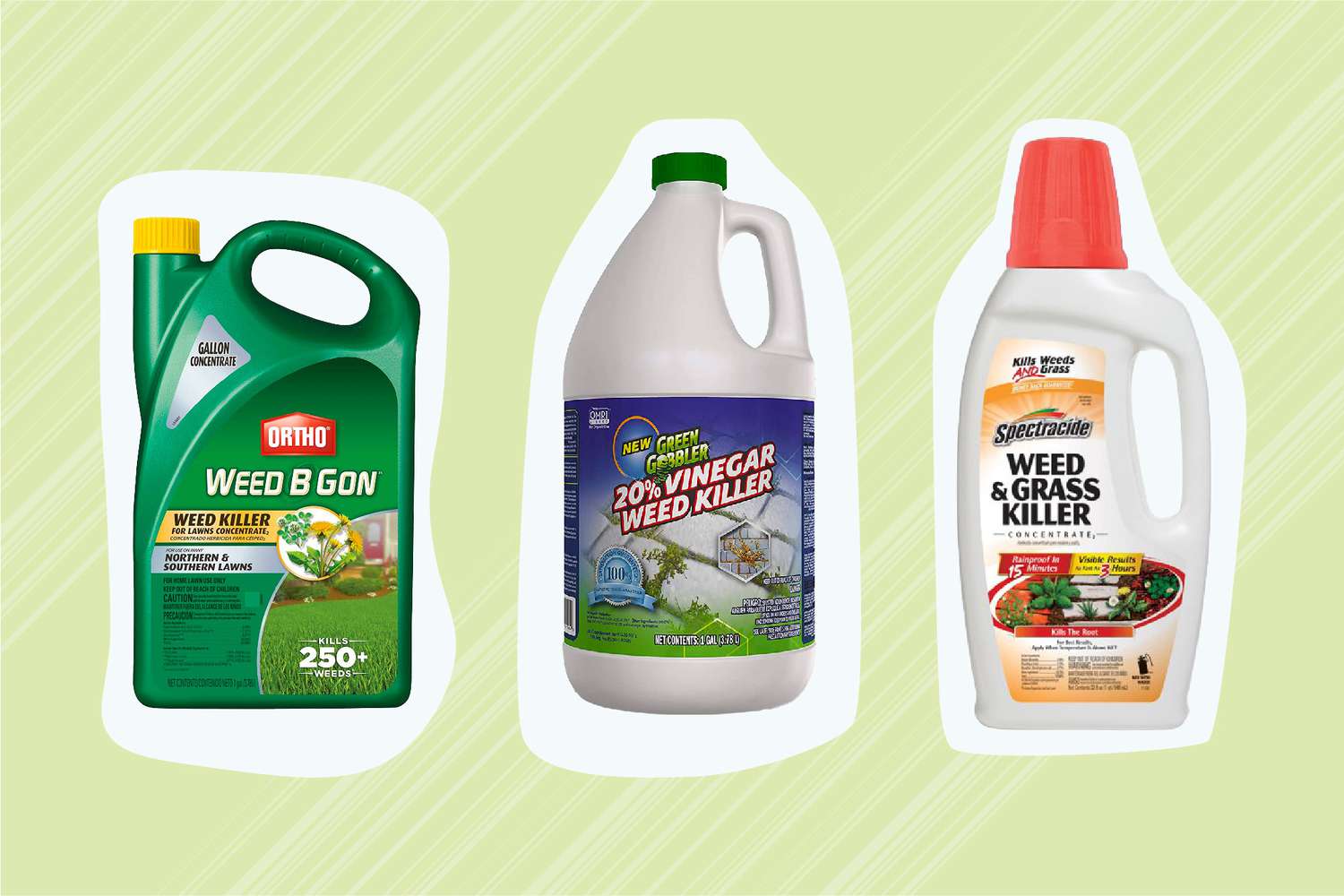

0 thoughts on “How Long Does Bagged Grass Seed Last”